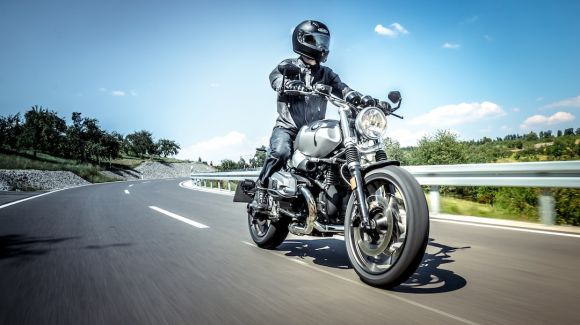Mastering the art of handling curves and corners safely on a motorcycle is crucial for every rider. Whether you’re a beginner or an experienced rider, understanding the techniques and strategies for navigating these challenging turns can greatly enhance your riding skills and ensure a safer journey. In this article, we will explore some essential tips and tricks that will help you handle curves and corners with confidence and skill.
Understanding the Dynamics of Curves and Corners
Before we dive into the techniques, it’s important to understand the dynamics of curves and corners. When approaching a curve or corner, the motorcycle leans into the turn due to the centrifugal force generated by the bike’s motion. This creates a counterbalancing effect that helps maintain stability. However, if not handled correctly, the forces acting on the motorcycle can cause it to lose balance and skid.
Body Positioning
One of the most important aspects of safely maneuvering curves and corners is maintaining the correct body positioning. As you enter a curve, shift your body weight towards the inside of the turn. This will help lower the motorcycle’s center of gravity, increasing stability and allowing you to navigate the curve more smoothly. Keep your upper body relaxed and your arms slightly bent, ready to respond to any changes in the road surface or traction.
Look and Lean
Another crucial technique for safely handling curves and corners is looking and leaning. As you approach a curve, focus your gaze on the point where you want to exit the turn. This will help you maintain a smooth and accurate line through the curve. Additionally, lean your body and the motorcycle into the turn, keeping your knees against the tank and your body aligned with the bike. This will allow you to maintain control and stability throughout the turn.
Smooth Throttle Control
Maintaining smooth throttle control is essential when navigating curves and corners. Avoid sudden or abrupt throttle inputs, as this can cause the rear wheel to lose traction and result in a loss of control. Instead, gradually roll on the throttle as you exit the curve, applying power smoothly to maintain stability. Remember, the key is to be smooth and progressive with your throttle inputs.
Braking Techniques
Understanding proper braking techniques is crucial when approaching curves and corners. It’s important to brake before entering the turn, gradually releasing the brake as you lean into the curve. Applying the brakes mid-turn can upset the balance of the motorcycle and cause it to skid. Practice using both the front and rear brakes effectively, as a combination of both can provide optimal stopping power and control.
Adapting to Road Conditions
Road conditions can greatly impact your ability to safely navigate curves and corners. Be aware of any hazards such as gravel, oil spills, or wet patches, which can reduce traction and increase the risk of skidding. Adjust your speed and approach accordingly, being cautious and maintaining a safe distance from other vehicles.
Conclusion: Mastering the Art of Curve and Corner Handling
Handling curves and corners safely on a motorcycle requires a combination of skill, technique, and experience. By understanding the dynamics of curves and corners, practicing proper body positioning, looking and leaning, maintaining smooth throttle control, using effective braking techniques, and adapting to road conditions, you can enhance your riding skills and ensure a safer journey. Remember, practice makes perfect, so take the time to hone your skills in a controlled environment before taking on more challenging roads. Stay safe and enjoy the ride!
